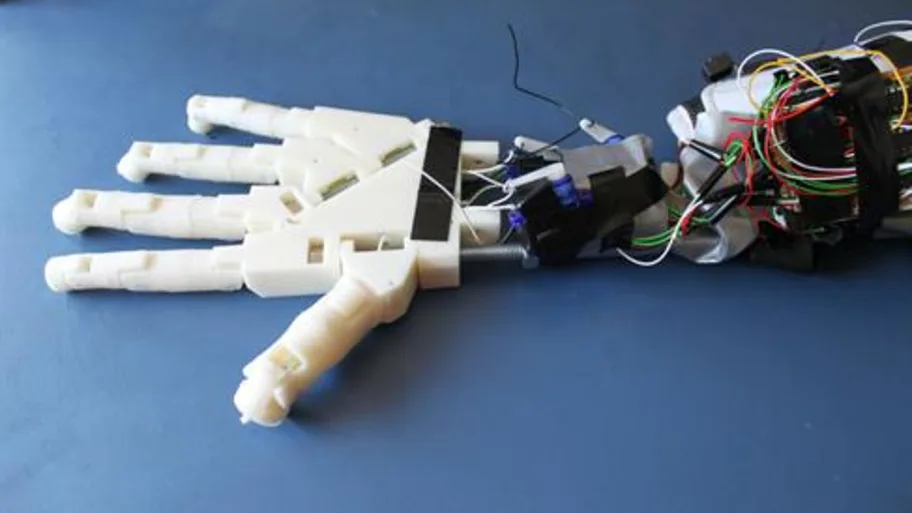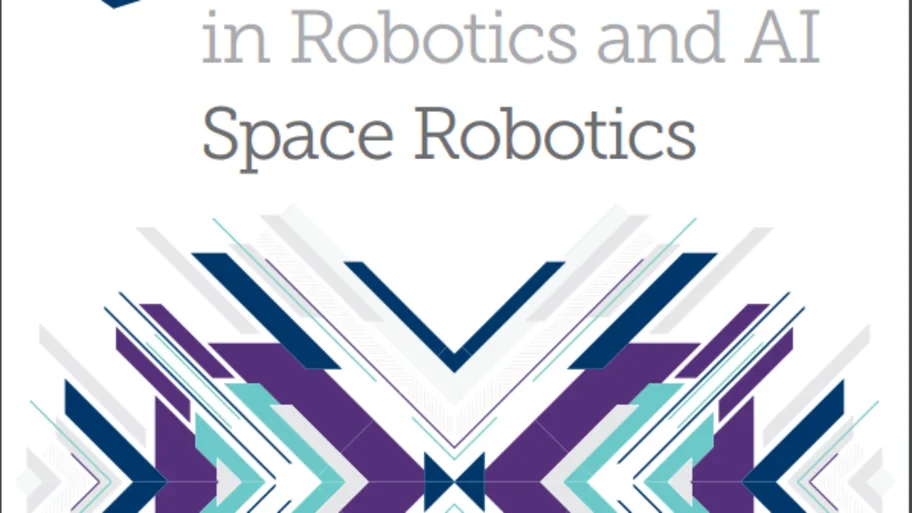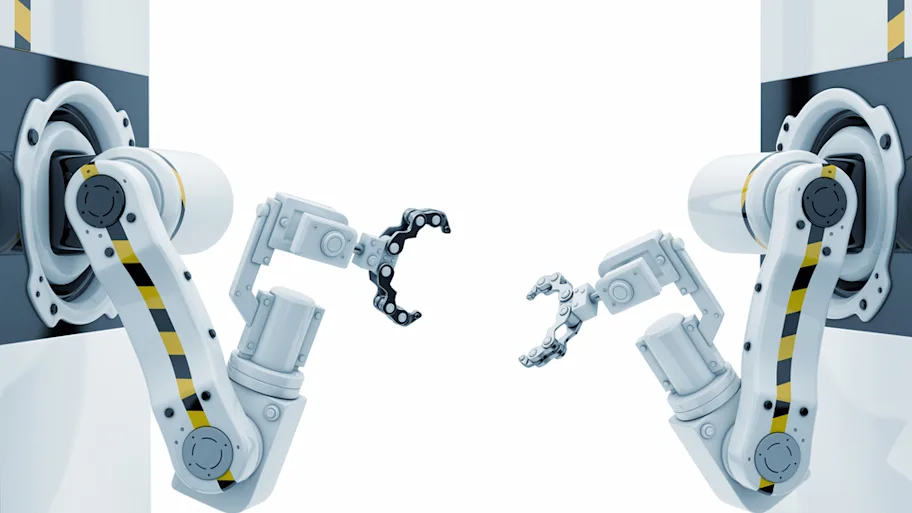
- Science News
- Robotics and AI
- On the road to Damascus – Frontiers in Robotics and AI addresses the ‘uncanny valley’ of human-robot interaction
On the road to Damascus – Frontiers in Robotics and AI addresses the ‘uncanny valley’ of human-robot interaction
Specialty Chief Editor, Bilge Mutlu, on the motivation behind the new Human-Robot Interaction section in Frontiers in Robotics and AI
– By Louisa Wood
Robots have been a part of our culture for centuries, but it is only in the last decade or two that robotic technology has really become integrated into daily life. Concurrent developments in robotic and AI systems will undeniably have far reaching societal impacts, with the European Commission believing that robotics and AI will have a role in finding solutions to the most pressing societal challenges of our time.
Nevertheless, the road to societal acceptance of robotic technologies is not a smooth one. Communication with robotic systems is inherently unnatural, provoking a real cornucopia of complex psychological responses in their human counterparts. At the forefront of research aiming to bridge this ‘uncanny valley’ is Bilge Mutlu, Chief Editor of the new Human-Robot Interaction section, which addresses how human activities and environments influence the design of robots for human use.

Specialty Chief Editor Bilge Mutlu
“Before we can reap the benefits of complete robotic integration, we currently face the hurdle of getting robots out into the real world—into homes, workplaces, institutional settings, and public environments. To do this will require us to design robots that provide their users with meaningful interactions that offer value, to build systems that are sufficiently robust to function in the real world, and to study the long-term, real-world interactions with them,” says Professor Mutlu.
In response to the challenge, the Human-Robotic Interaction section provides a premier publishing venue for a rapidly growing research community. Welcoming research from the fields of robotics and AI as well as in application domains, including education, health, manufacturing, and operations, the section will focus on all areas of human-robot interaction research that makes empirical, design, technical, or theoretical contributions.
“My main aim as Chief Editor is to see the section stay at the cutting edge of research in issues surrounding human-robot interaction and related topics,” highlights Professor Mutlu. “Addressing the key challenges in human-robot interaction, including getting robots out into the real world, will require us to engage and reach out to different scholarly communities and to translate our findings into practical knowledge that will be used by industry. Open Access is key to this level of engagement and to the dissemination of our work to practitioners.”
Human-Robot Interaction is now hosting a key Research Topic in Computational Approaches for Human-Human and Human-Robot Social Interactions
Human-Robot Interaction is now open for high-quality article submissions and welcomes Research Topic proposals.
Follow us at @FrontRoboticsAI and sign up for our article alerts to be the first to receive new research and updates!






